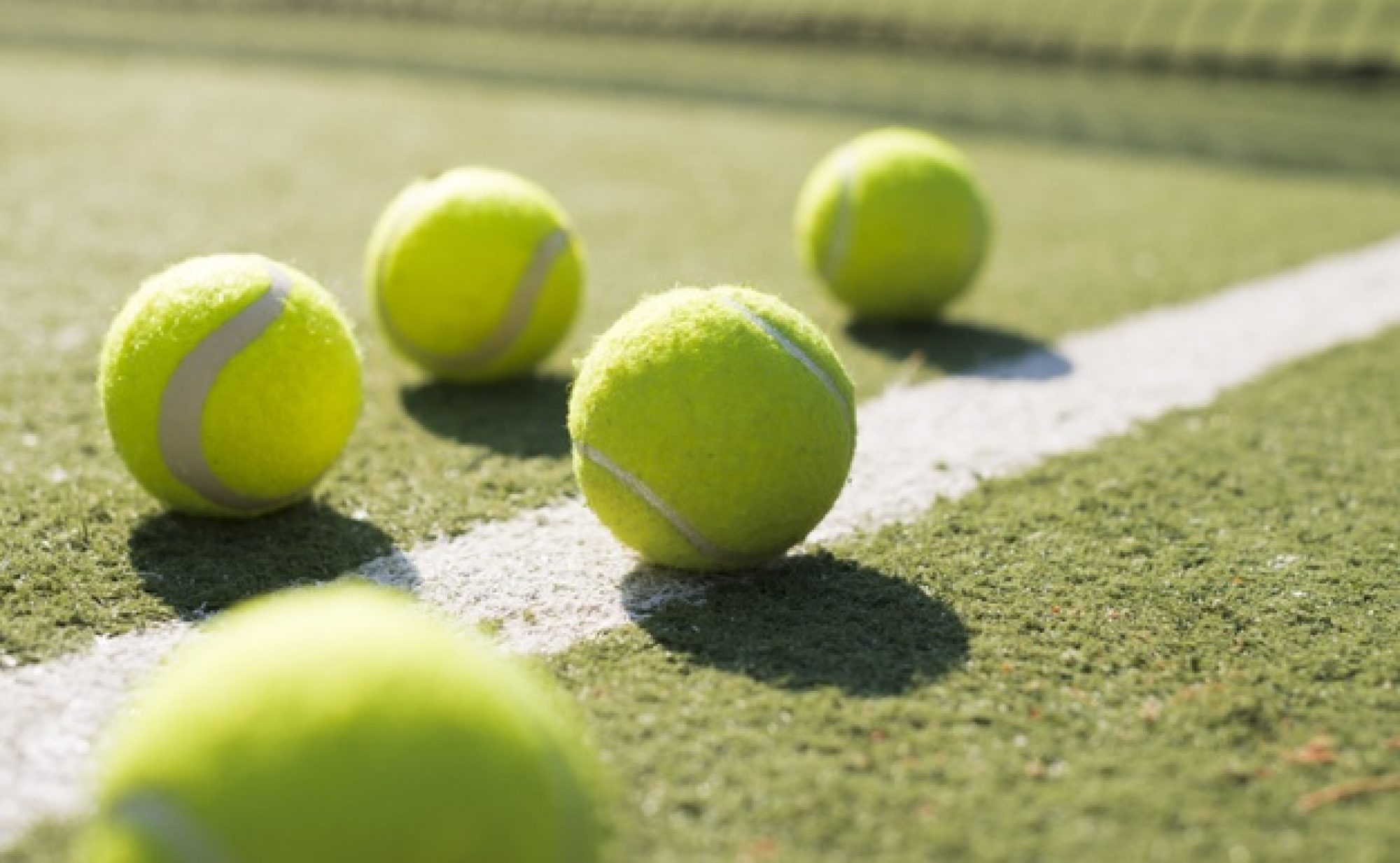I finished gathering all the necessary parts and began prototyping the physical construction of the robot. For this week, I was focused on our tennis ball launching mechanism. First, I assembled a testing frame out of aluminum extrudes to attach and hold the motors in place. Then, I attached rubber wheels to each motor. Finally, I wired each motor to a L298N motor driver, and the motor driver to an Arduino Uno. For testing, I powered the motors with a variable DC power supply and set them to a relatively fast speed. I then adjusted the distance between the motors until they were reliably able to launch a tennis ball. Below is a video of the launching mechanism in action.
With a successful prototype of our ball launcher in place, I can now move on to building the final frame of the robot for next week. This includes starting construction of the arms, ramp, runway, top platform, and basket platform from a combination of wood an acrylic. I’ll be utilizing the wood working tools and laser cutter available in the maker space to help me build the robot frame.


